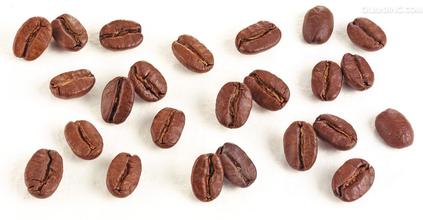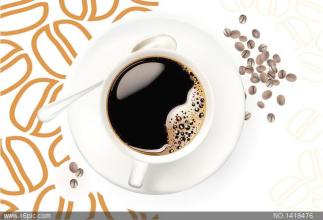Introduction to the change of Water content of Coffee during roasting
Introduction to the change of Water content of Coffee during roasting
Secret 1: to achieve the highest caramelization-caramelization is an important factor affecting the flavor of coffee, as raw beans absorb a lot of heat when roasting, then there is the first 1st cracking, at this time, the sugar begins to be converted into carbon dioxide, water continues to evaporate, the aroma of coffee will gradually come out and form coffee oil. This pyrolysis reaction can last until the second explosion (2nd cracking), but when the second explosion is completed, the temperature of the bean should be lowered immediately and as soon as possible, so that the highest caramelization can be obtained.
Tip 2: minimum carbonization-some ingredients will also be carbonized during the baking process, forming a bad bitter substance, so when you finish the second explosion, stop heating and minimize carbonization at the same time.
Tip 3: pay attention to the change in sound-coffee beans make two bursts during baking, and the first burst is low, indicating that the starch begins to turn into caramel and the water evaporates with carbon dioxide. The second burst sound is more violent and sharp, this is the sound of coffee bean cell fiber fracture, at this time should immediately stop heating, and as soon as possible with cold air to lower the temperature of the bean. The time of the first explosion and the second explosion can be very different, so baking different beans, it is necessary to find out the most suitable baking conditions for this bean.
Tip 4: pay attention to the changes in color and taste-the color of coffee beans will change from green to light brown as it continues to heat up, and then a small amount of oil will show a bright dark brown. At this point, you can't bake any more, otherwise the coffee oil on the surface of the beans will dry and give off a lot of smoke and scorched smell.
In the process of recording the baking curve, carefully blindly test each batch of baked beans, record them, and accurately grasp the key elements, you can easily get the taste of coffee beans! Remember that each batch of coffee beans has different baking curves and roasting methods.
Pay attention to the change in color and taste-the color of coffee beans will change from green to light brown as it continues to heat up, and then a slight reddish brown of oil will be produced, followed by a large amount of oil that is shiny dark brown. At this point, you can no longer bake, otherwise the coffee oil on the surface of the beans will dry and give off a lot of smoke and scorched smell.
To sum up, coffee roasting is a science. The age, density, hardness and moisture content of raw beans will affect the quality of roasted coffee. Even the relative humidity and temperature on the day of roasting can not be ignored.
Just roasted coffee beans, it is best to put for 2-5 days, let a large amount of carbon dioxide out of the coffee beans after drinking will be more smooth, Hong Kong coffee will choose an one-way breathable valve aluminum foil bag to preserve coffee beans, can prevent the air from entering and causing oxidation, but also can let carbon dioxide out, to ensure that coffee beans remain fresh in the best condition.

Important Notice :
前街咖啡 FrontStreet Coffee has moved to new addredd:
FrontStreet Coffee Address: 315,Donghua East Road,GuangZhou
Tel:020 38364473
- Prev

Description of Flavor of coarse and Fine Coffee calibrated by Italian Bean Mill introduction of Variety producing area by Taste treatment
The most difficult part of adjusting the electronic bean grinder is that when you adjust the grinding parameters, the distance between the knives will change accordingly, and the change of this distance will directly affect the flour output of the bean grinder, that is, the time of grinding and milling. If you want to reduce the degree of grinding, the distance between the sharpening knives
- Next

Introduction to how to describe the taste of espresso in good Italian style
How to make a good espresso tasting feature flavor description taste introduction when a skill is presented in words, it will be found to have a lot of inconvenience. In terms of powder pressing, it can be roughly divided into coarse powder heavy pressure school, fine powder light pressure school and non-powder pressure school. No matter which school they belong to, they can make perfect esp of different styles, of which the school of non-powder pressing is the most minority and difficult to master, because it takes a lot of money.
Related
- Beginners will see the "Coffee pull flower" guide!
- What is the difference between ice blog purified milk and ordinary milk coffee?
- Why is the Philippines the largest producer of crops in Liberia?
- For coffee extraction, should the fine powder be retained?
- How does extracted espresso fill pressed powder? How much strength does it take to press the powder?
- How to make jasmine cold extract coffee? Is the jasmine + latte good?
- Will this little toy really make the coffee taste better? How does Lily Drip affect coffee extraction?
- Will the action of slapping the filter cup also affect coffee extraction?
- What's the difference between powder-to-water ratio and powder-to-liquid ratio?
- What is the Ethiopian local species? What does it have to do with Heirloom native species?

